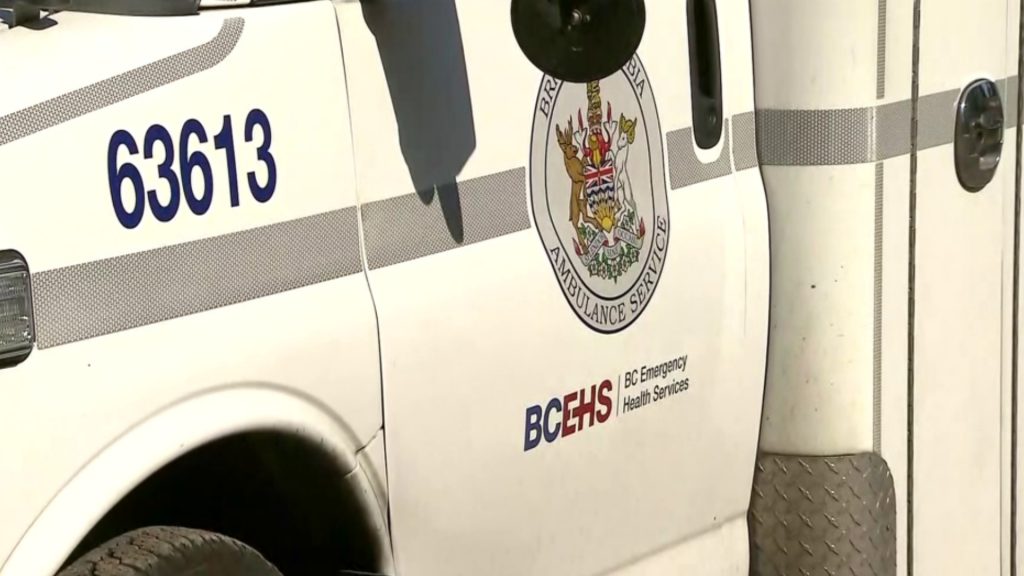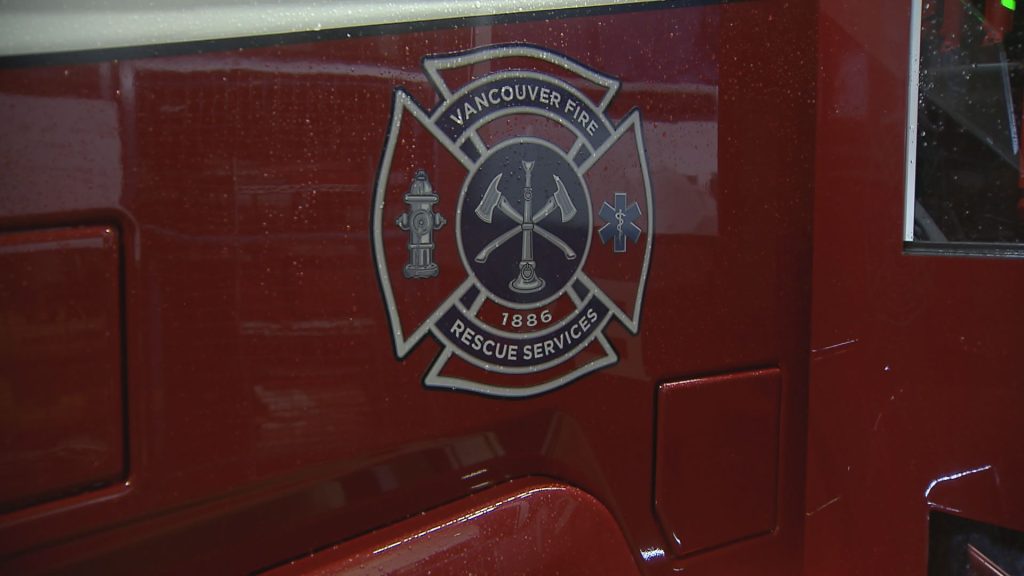Gravity of disastrous flood on B.C. crops, livestock loss unfolds as province prepares for storm
Posted November 25, 2021 2:52 pm.
Last Updated November 25, 2021 2:53 pm.
As the province urges people in B.C. to prepare for the storms ahead, the devastation the flooding has had on livestock and crops in the Fraser Valley is becoming more apparent.
On Thursday, Agriculture Minister Lana Popham reported 57 blueberry producers and their 2,100 acres of blueberries and 82 acres of raspberries had been impacted by the floods. According to Popham, both of these commodities remain underwater and will need to be ripped out and replanted.
About 420 acres of field crops that were unharvested at the time of the flood are now lost.
“This is 4,000 tonnes of stored, non-harvested field vegetables that are most likely damaged and lost. Most of these were on the Sumas Prairie or in Fort Langley,” Popham said.
“Some firms are still able to salvage some of their crops, and we congratulate them for trying to get that food into the food supply right now. It’s a tough job.
Popham says cabbage, cauliflower, brussels sprouts, carrots, and leeks also have been “significantly impacted.”
Related video: Farmers rescue cattle from flooding in Abbotsford

Two major flower growers are also “under several feet of water,” Popham said, which equates to about 250,000 plants lost in nurseries.
“About 100 per cent of bulb growers in the Sumas flats have been impacted.”
Two land-based fish farms in the Fraser Valley have also been affected. While there’s no official word yet on their losses of tilapia and barramundi fish, Popham says, “we believe that all fish are presumed lost.”
A commercial Chinook Salmon hatchery on Vancouver Island has also been damaged.
Related Articles:
-
100K chickens, 450 cows believed dead in Abbotsford floods, farms press on
-
Abbotsford poultry farmer forced to leave thousands of chickens to die in the floods
-
Cows swim to safety in Abbotsford floodwaters as farmers urged to leave livestock behind
As for livestock, hundreds of thousands of animals are believed to have perished when floodwaters hit Abbotsford’s Sumas Prairie area and Popham says the death toll of these animals is “impacting our livestock producers negatively.”
“Each time we update those numbers, it turns out to be another traumatic moment for our livestock producers, and to tell you the truth, they don’t really want to go there right now,” she said, noting she will not be providing animal mortality totals over the next few days.
She says this decision was made out of respect for the producers.
“They’re hurting very deeply.”
Related video: Concerns about contamination as Sumas Prairie advised not to use water

The province says it is working with local governments and Canadian Food Inspection Agency to dispose and remove animal carcasses lost in the flood. As a testament to the enormous task farmers are facing, Popham shared a story of a dairy farmer who has been moving cows out since Tuesday.
“He was able to move approximately 2,000 cows with his truck and his trailer. And today he continues to relocate animals back to their home barns as the water has been receding.”
Popham adds farmers are getting more access to their farms to assess the damage and more feed and water is getting to animals. Permits for reentry have also been issued.
“This included livestock feed deliveries, hay deliveries, mushroom hauling, chicken hauling, egg pickup … these access arrangements are definitely helping secure our supply chain right now,” Popham said, adding about 20 herds have been relocated.
“The relocation process is a difficult process. It’s very physical work. And also, we’re dealing with animals that are under a lot of stress,” she said.
‘The time to prepare is now’
Meanwhile, the province is “redoubling” its efforts as it continues to recover from the destruction of last week’s events, and says it is preparing to respond to the significant weather expected through the next week.
Rain started to come down in parts of B.C. Wednesday night and is only expected to become heavier and windier, as some areas could see up to 80 millimetres of rain through Thursday.
While the forecast is dry for Friday, CityNews Meteorologist Michael Kuss points to a very saturated ground and strong winds as potential concerns. Another rainy day is expected Saturday.
Related Articles:
-
Abbotsford ready for rain, says mayor, as B.C. braces for more storms
-
Storms headed for B.C. as province grapples with last week’s destructive weather
-
Abbotsford mayor tells residents to get emergency kits, prepare for next round of rain
With the “big pulses of storms arriving with increasing intensity,” Public Safety Minister Mike Farnworth is urging people in the province to “be vigilant.”
“Keep a close eye on weather alerts for your area from Environment Canada. Check regularly for updates, warnings and alerts from local governments and First Nation authorities. If you’re able, stormproof your homes at the very least, clear gutters and drainages,” he said.
“Make sure your emergency supplies include drinking water stored in an accessible place. And if you don’t need to travel during stormy weather, please stay home. If you are required to drive, please make sure your vehicle has food, water, warm clothes, blankets, and other emergency supplies. If you’re in a flood-prone area, be prepared to act evacuate, if asked. I encourage everyone to take some time now to put together or refresh their emergency kits.”
You can find more information about emergency kits on the province’s website.
For information about floods and disasters, including emergency supports, financial aid, mental health supports, road conditions and travel, etc, call Service BC 1-833-376-2452 from 7:30 a.m. to 5 p.m. Monday through Friday.
With files from Hana Mae Nassar and Monika Gul








